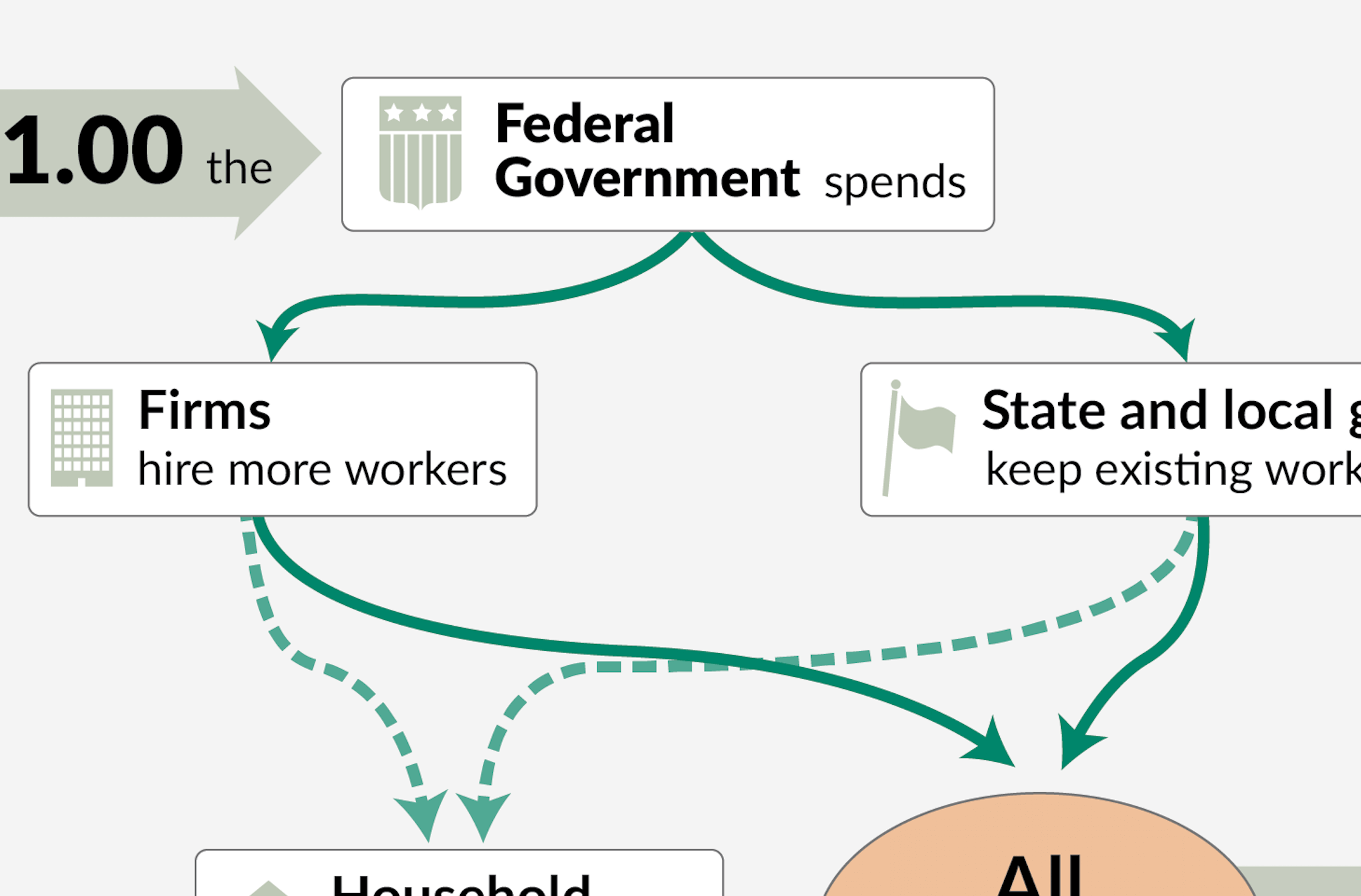Brad DeLong: Worthy reads on equitable growth, May 17–23, 2019
Worthy reads from Equitable Growth:
- Alice Rivlin has died at the age of 87. Alice never lost her optimism, and she built one of the few parts of the U.S. government that serves as a technocratic model of what government should and could be: the Congressional Budget Office. Read Heather Boushey’s obituary, “Alice Rivlin: An Inspiration for Generations Of Women Economists,” in which she writes: “Dr. Rivlin too often found herself to be the only woman in the room … But it is … highly unlikely that anybody knew more about the topic in most of those meetings. Robert Reischauer … refers to her as ‘the decathlete of public policy’… Belle Sawhill says Dr. Rivlin never lost her optimism … She was, and remains, an inspiration … Somebody who … strived every day, year in and year out, to develop and enact policies that she believed would benefit families and strengthen the country. We will all miss her a great deal.”
- The full text of “Recession Ready: Fiscal Policies to Stabilize the American Economy,” by Heather Boushey, Ryan Nunn, and Jay Shambaugh is online. Go read it!
- I missed this when it came out, from Chris Blattman in praise of our network’s Trevon Logan 3 years ago. Read Chris Blattman, “Black Lives Matter, Economic History Edition,” in which he writes: “Trevon Logan’s presidential address to the National Economics Association … calculates the productivity of his sharecropping ancestors relative to slave-holding estates a century before (a persistent question in American economic history). But mainly, he makes an argument for doing more qualitative interviews, which seems like an obvious point, except that systematic qualitative work is the exception in economic history (as it is in development economics): That richer, fuller picture reveals that the work behind the estimates came to define the way that the Logan children viewed racial relations, human capital, savings, investment, and nearly every aspect of their lives … We also learn that it is impossible to divorce the work from its social environment, an era in which Jim Crow, segregation, and other elements of overt racial oppression were a fact of life.”
Worthy reads not from Equitable Growth:
- I missed this too, when it came out 3 years ago. Read Melany De La Cruz-Viesca, Zhenxiang Chen, Paul M. Ong, Darrick Hamilton, and William A. Darity, Jr., “The Color of Wealth in Los Angeles,” in which they write: “White households in Los Angeles have a median net worth of $355,000 … Mexicans and U.S. blacks have a median wealth of $3,500 and $4,000, respectively … Japanese ($592,000), Asian Indian ($460,000), and Chinese ($408,200) households had higher median wealth than whites … African blacks ($72,000), other Latinos ($42,500), Koreans ($23,400), Vietnamese ($61,500), and Filipinos ($243,000) … The median value of liquid assets for Mexicans and other Latinos is striking, zero dollars and only $7, respectively, whereas, the median value of liquid assets for white households was $110,000.”
- Interesting numbers on multipliers. The problem I am having is that I am not sure whether there are Keynesian demand multipliers, or something more like Enrico Moretti regional-export multipliers. The decision by U.S. Department of Defense to support a factory in congressional district X looks, to me, a lot like a regional positive productivity shock. Read Alan Auerbach, Yuriy Gorodnichenko, and Daniel Murphy, “Local Fiscal Multipliers and Spillovers in the US,” in which they write: “Our baseline estimates imply that a dollar of DOD spending in a city increases [Gross Domestic Product] in that city by a dollar and increases labour earnings by 0.35, and that an increase of DOD spending equal to a percent of local earnings increases employment by 0.2 percent.”
- Smart analysis from Carmen Reinhart on inflation, “Explaining Inflation Inertia,” in which he writes: “Price-stability targets have proved elusive in countries like Argentina, where inflation is soaring, and Japan, which can’t shake the specter of deflation … The BOJ now holds about 50 percent of the outstanding stock of government bonds. This is no small achievement, as Japan’s government debt ratio, at 238 percent of GDP, is the highest in the world. And yet, despite these policies, inflation expectations 5 years out are still anchored close to 1 percent … Argentina[’s] … inflation … has accelerated … to about 55 percent … Pass-through from the exchange rate to the price level is only part of the story. And an overheated economy has played no role at all … What can governments do to induce turning points in stubborn inflation expectations when central banks’ policies prove insufficient to the task?… Japan, convincing the private sector that higher inflation is the path of the future, requires a break from the current practice of indexing public-sector wages to the previous year’s inflation. Bold increases in public-sector wages may provide the official signal … As for Argentina … de-indexation requires significant reductions in real wages, starting with the public sector. The political difficulty of doing this (especially when the public sector is large, as it is in Argentina) is daunting.”






